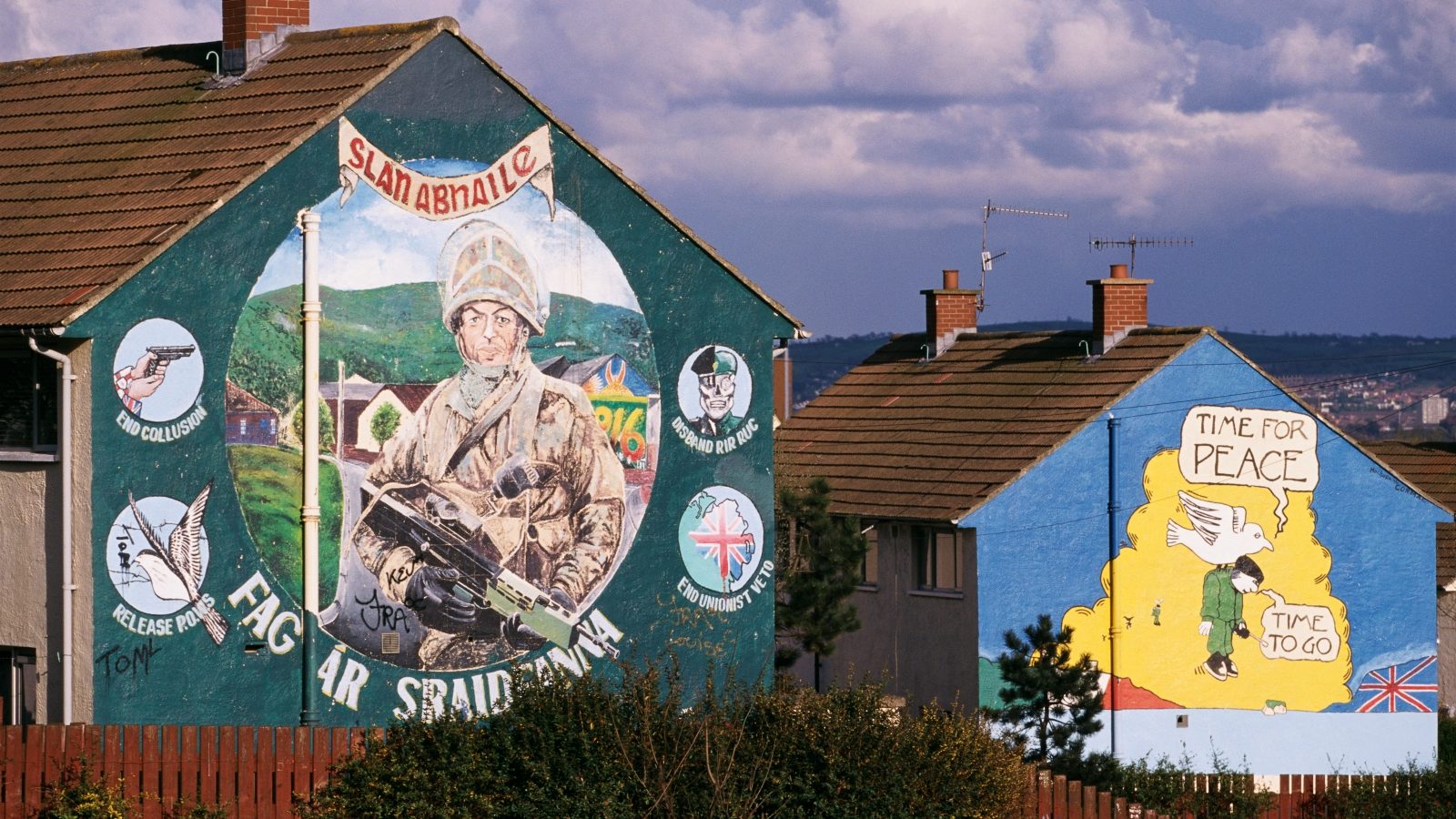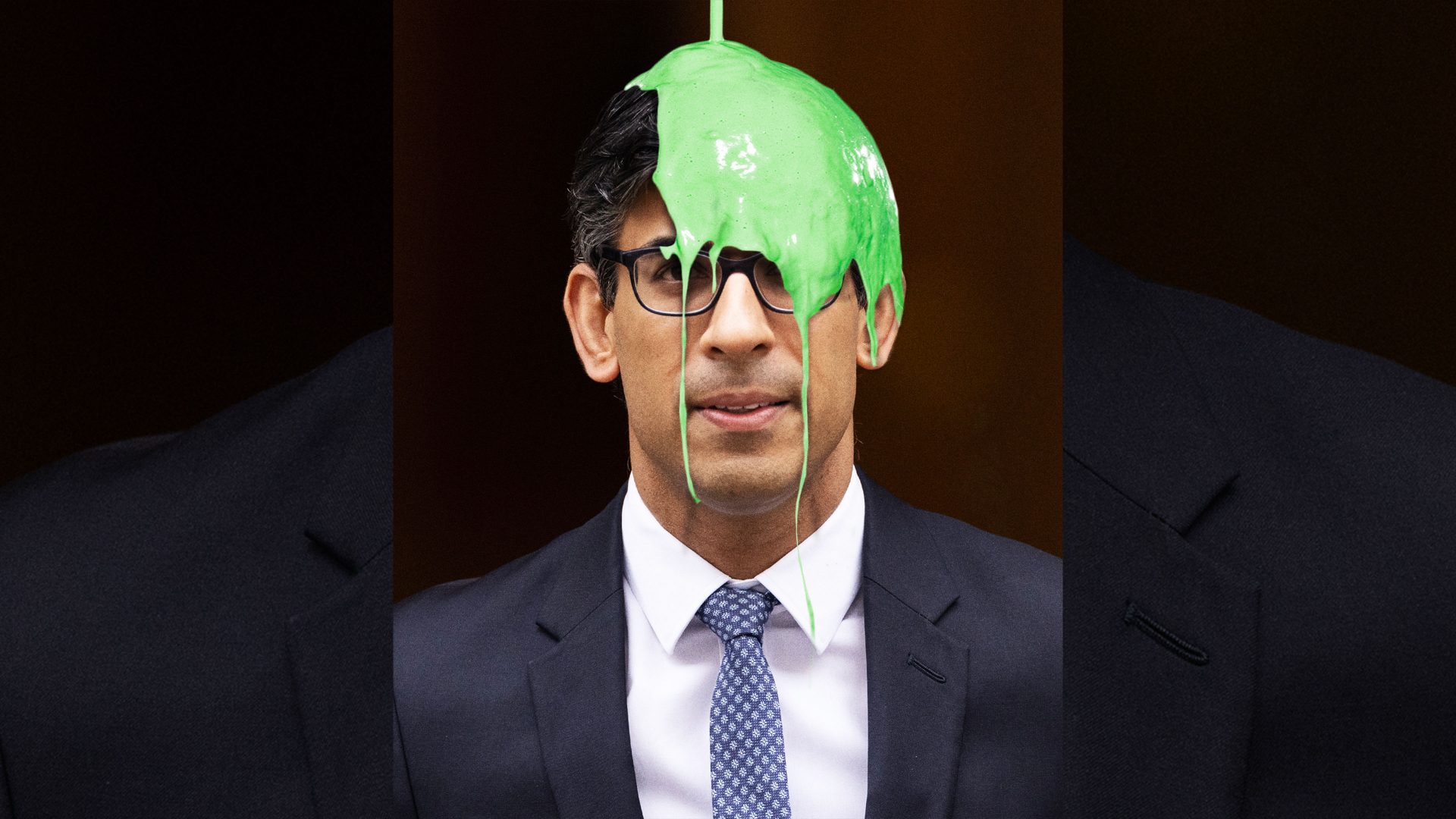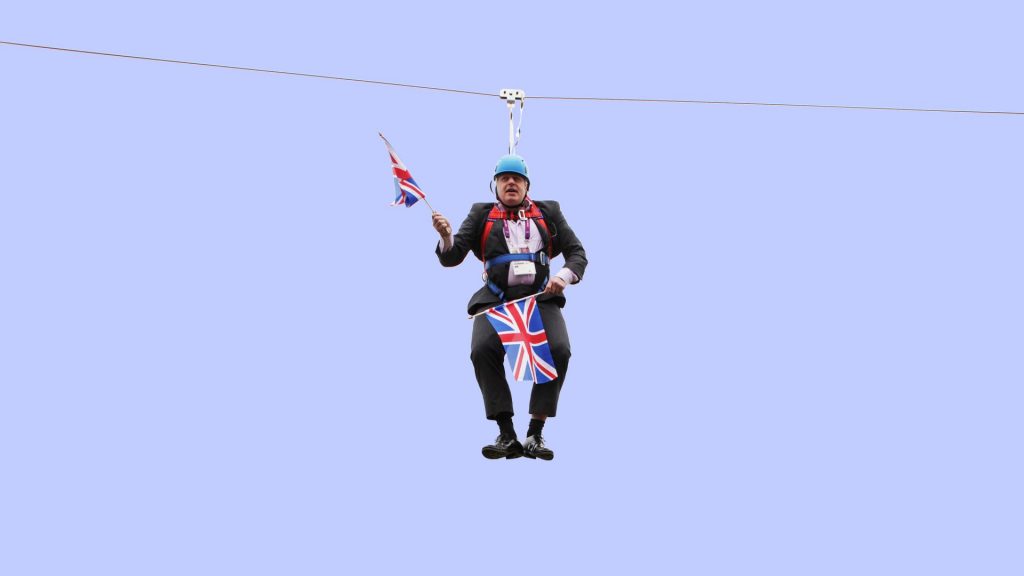On May 7 1997, less than a week after the landslide victory that brought Tony Blair to power, the new prime minister met Ulster Unionist Party leader David Trimble in Downing Street. The backdrop was bleak: multi-party talks in Northern Ireland had stalled and the IRA was still at war, having broken its 1994 ceasefire in 1996.
Where, Blair asked the unionist leader, did he want NI to be in two or three years’ time? Trimble’s hopes included a reasonable administration in place in Belfast, satisfactory cross-border cooperation and the removal of the territorial claim in the Republic’s constitution that declared the right of Dublin to exercise jurisdiction over the whole of Ireland. Blair recorded that he also wanted “to arrive at a situation where NI politicians could get on with the issues politicians normally concerned themselves with”.
Twenty-five years on from the Good Friday Agreement that followed less than a year later, that situation has still not been arrived at. The scenario today is far better than it was before the GFA but sulks, standoffs, the fallout from Brexit, the loss of unionist supremacy in NI and the rise and rise of Sinn Féin have ensured bad faith and lack of trust abound to mark the quarter-century milestone.
Trimble got much of what he wanted from the GFA. The territorial claim was replaced by the principle of consent: a united Ireland could only be brought about “with the consent of a majority of the people, democratically expressed, in both jurisdictions in the island”. Recognition was given to the right of the people of Northern Ireland to hold either or both British and Irish citizenship, a status guaranteed to be unaffected by any future unification. North-south bodies and NI power-sharing structures were agreed.
For nationalists and republicans, there was an acceptance that the IRA had fought a war and prisoners could be released, and there was the possibility of a border poll in the future with the consent of the UK government. Infrastructure around the border would all but disappear and a new police service would be established.
The result of the referendum vote in NI was Yes: 71.12%, No, 28.88%; in the Republic Yes: 94.39% and No: 5.61%.
For the agreement’s champions, like John Hume of the Social Democratic and Labour Party, the result brought euphoria. There was a sense that the prize won was monumental; that it accepted that differences in NI must be resolved peacefully. That remains the GFA’s great achievement and even with a cooler perspective 25 years on, the relief should not be underestimated given that by 1998 more than 3,500 people had been killed in the Troubles, leaving a legacy of multi-layered trauma. Yet there were also overly optimistic declarations in 1998: former taoiseach Garret FitzGerald recorded “we had perhaps just seen the long, drawn-out tragedy of Northern Ireland move, at a single stroke, out of current affairs and into history”.
It was far too early for such demarcation, and it still is. Unionism was riven with divisions on the back of the compromise. On that day in May 1997 when Trimble was at Downing Street he was accompanied by a young, rising star of the UUP who was regarded as relatively moderate. His name was Jeffrey Donaldson.
Donaldson refused to cross the Rubicon with his leader on April 10 1998. He is now leader of the DUP, which opposed the agreement, and is currently refusing to share power with SF, now the largest party in Northern Ireland, because he regards the Irish Sea border arising from Brexit as undermining NI’s place in the UK.
Decommissioning of paramilitary weapons became a sore point in the years after the agreement, but so did many other issues – how to deal with the legacy of the Troubles, the devolution of policing and justice powers, acceptable practices around parades, flags and emblems and the status of the Irish language.
Some of these obstacles were overcome. The decommissioning issue was resolved. Community groups did valiant work to try to overcome deep-rooted animosities and the EU provided generous funding for reconciliation projects. The firm IRA statement of July 2005 instructing members to end hostilities was a landmark, as was the acceptance by republicans of the Police Service of Northern Ireland.
In Mark Durcan’s memorable phrase, the SDLP, as Sinn Féin thrived, became the “prodigal son’s brother” because of the overwhelming and crucial goal of ending violence and the leverage that gave the IRA and its political wing and those who belonged to both. As Tony Blair recorded in his autobiography, one of the complaints of the SDLP at the time of the negotiations was “if we had weapons you’d treat us more seriously”.
Trimble, who had the courage to impose a more cerebral interpretative framework on unionism, could not bring enough of his colleagues with him in choosing to face what historian Alvin Jackson termed “the poverty of the erratic minimalism” of the UUP as British policy evolved and nationalists grew in confidence. He was also subjected to abuse by DUP leader Ian Paisley who said,“the worst and most loathsome person in society is the Traitor”. But Trimble at least demonstrated that unionism had to evolve and such evolution, for all the subsequent and current standoffs, ultimately had to be accepted by the DUP also.
The fact that the DUP and SF overtook the UUP and the SDLP focused their minds on what to do with their new dominance. Few could have predicted that Martin McGuinness and Paisley would not just share power but beam through that sharing. If that warmth was replaced by a frosty tolerance, it was still a tolerance, and that also eased north-south tensions; indeed, Paisley’s successor Peter Robinson suggested in 2010 that north-south relations had never been better.
But progress was easily unhinged and power sharing has been suspended five times. After 1998 there were to be five more agreements to cajole the recalcitrant back to power-sharing, the agreements carrying titles that now seem ironic, including Fresh Start (2015) and New Decade: New Approach (2020).
There are still around 100 peace-wall barriers in NI. At the instigation of the women’s coalition in 1998, the GFA declared “An essential aspect of the reconciliation process is the promotion of a culture of tolerance at every level of society, including initiatives to facilitate and encourage integrated education.” By 2022 there were 70 integrated schools with 25,000 pupils, but that still amounted to just 7% of the school pupils in NI with some 92% of children attending separate Protestant or Catholic state-funded primary schools and post-primary schools.
There was, however, a remarkable thaw in Anglo-Irish relations, and a British-Irish council, far removed from the “brawling in public” that John Peck, Britain’s ambassador in Ireland in the early 1970s, described. The new mood music was encapsulated in taoiseach Bertie Ahern’s words at the Palace of Westminster in 2007: “We are now in an era of agreement – of new politics and new realities… reconciliation has brought us closer”.
The visit of Queen Elizabeth II to the Republic in 2011 was a gesture of significance, while in 2014 a British-Irish parliamentary assembly committee asserted “relations between Britain and Ireland have never been stronger or more settled”.
And yet, ill-tempered drama, tedium and frustration have littered the last 25 years. Unionists, historically champions of a reactive rather than creative ideology, were never able to coherently sell the commitments they had secured in 1998. Republicans, masters of “creative ambiguity”, revision, adaptation and tactical interruptions and threats, had the advantage of more centralisation of power and discipline so that dissent, though occasionally deadly, and horrifically so at the time of the Omagh bomb in August 1998, never became an overwhelming wave.
All the while, the demographic changes in Northern Ireland continued apace, meaning the state that was designed over 100 years ago to ensure a built-in two-thirds majority for unionists became by 2021 a place where Catholics outnumber Protestants. But what also became apparent were the shortcomings of an agreement based on the idea of institutionalising two tribes and structuring power-sharing accordingly.
Increasing numbers came to see themselves as belonging to neither (reflected in recent years in increased support for the Alliance party) though not to the extent that the “neithers” could challenge the stranglehold of the two dominant ideologies.
Brexit reopened many issues around which there had been an accommodation or acceptance, exacerbated north-south fault lines and did serious damage to Anglo-Irish relations. While 55.8% of those who voted in NI voted Remain, the DUP, unlike most northern political parties, supported Brexit, and blithely insisted there would be no need for the return of a hard border in Ireland despite that border now being a frontier between the UK and the EU.
The utter disregard for the border question during the referendum campaign, cartoonish British prime ministers and an imploding Tory party meant that the DUP, though it could briefly take advantage of propping up Theresa May’s government, was increasingly backed into a corner.
SF sought to take advantage of the wider instability prompted by Brexit to insist the Irish unity train had left the station, even though there has been no serious dialogue between proponents and opponents of unity regarding what that journey might amount to and how to square the circle of vehement unionist opposition.
Unionists retreated to their bunker, increasingly sore that a British government wrapped up in a distinctly English power game had little genuine interest in their plight. Unionists have ended up, in the memorable description of unionist commentator Alex Kane, in the constitutional equivalent of a granny flat, unloved by their landlord while Sinn Féin is heading for political dominance in both parts of Ireland.
Reacting to the GFA in 1998, journalist Mary Holland noted that, despite the achievement, there was still a fear “that the accord is full of contradictions and that it must eventually self-destruct”. The creative ambiguities essential to get an agreement in 1998 did not solve all the long-term problems, and it remains to be seen if new ambiguities, such as represented by the Windsor Framework, can lead to the restoration of the power-sharing assembly.
It is true that the DUP has cornered itself, but it still has substantial support within NI, is well-practised in the art of stalling, retains its veto over the resumption of power-sharing and has no interest in dancing to the 25th-anniversary tune for an agreement it opposed in the first place.
The GFA asserted that the victims of the Troubles could best be honoured through dedication to “the achievement of reconciliation, tolerance and mutual trust”. That sense of shared purpose, or a shared society, remains elusive.
Diarmaid Ferriter is professor of modern Irish history at University College Dublin. He is author of Between Two Hells: The Irish Civil War (2021), published by Profile Books.



